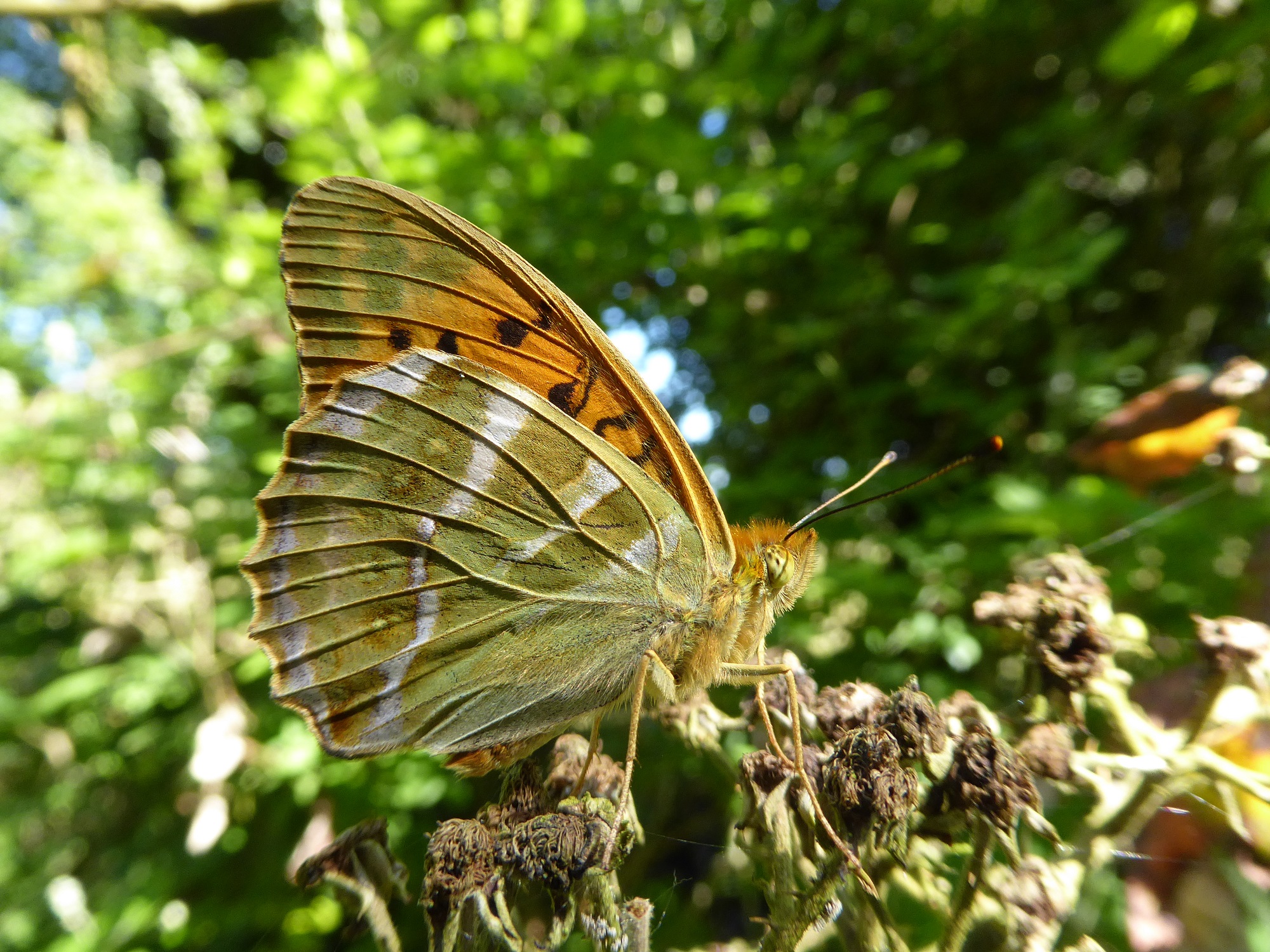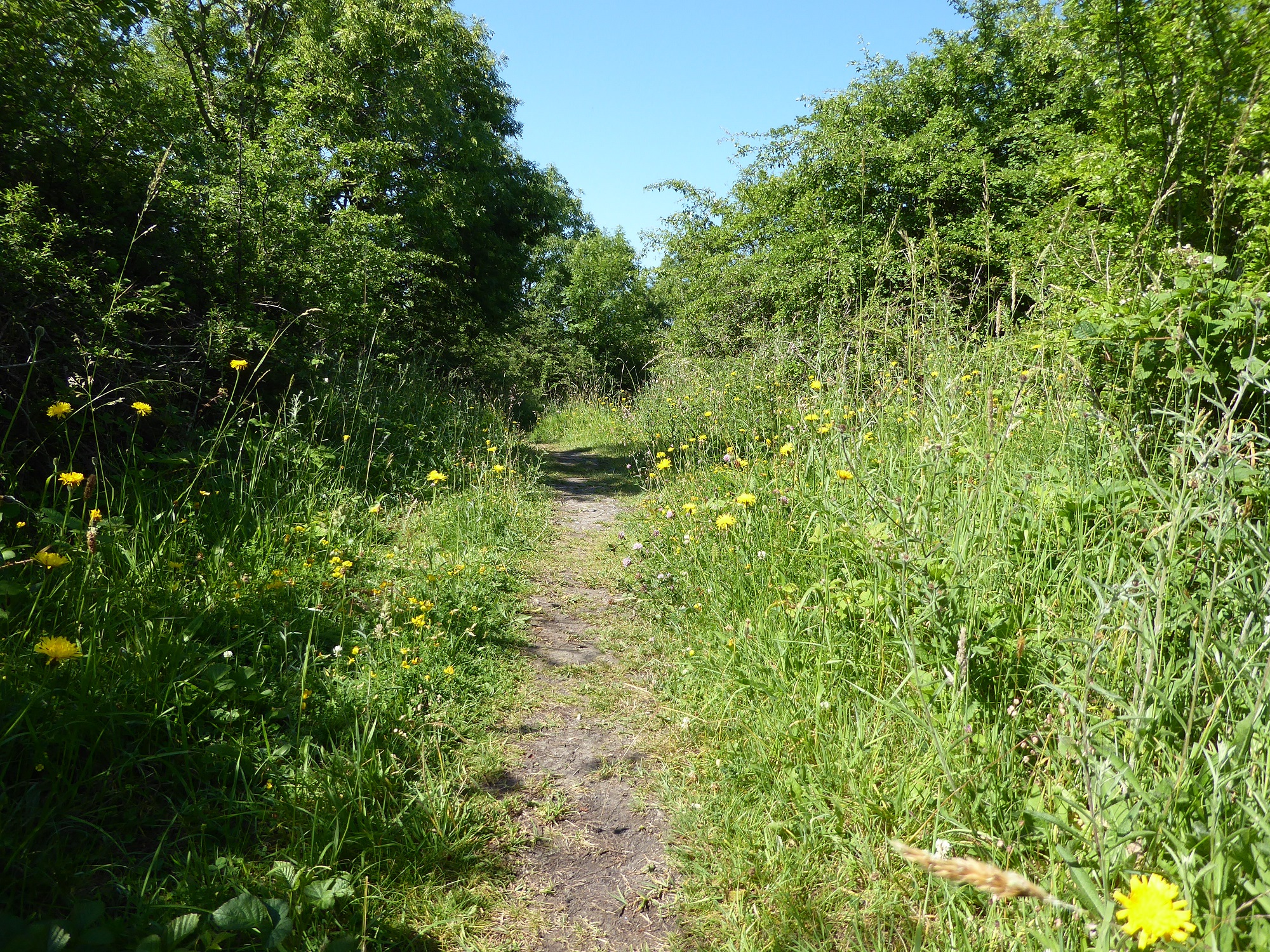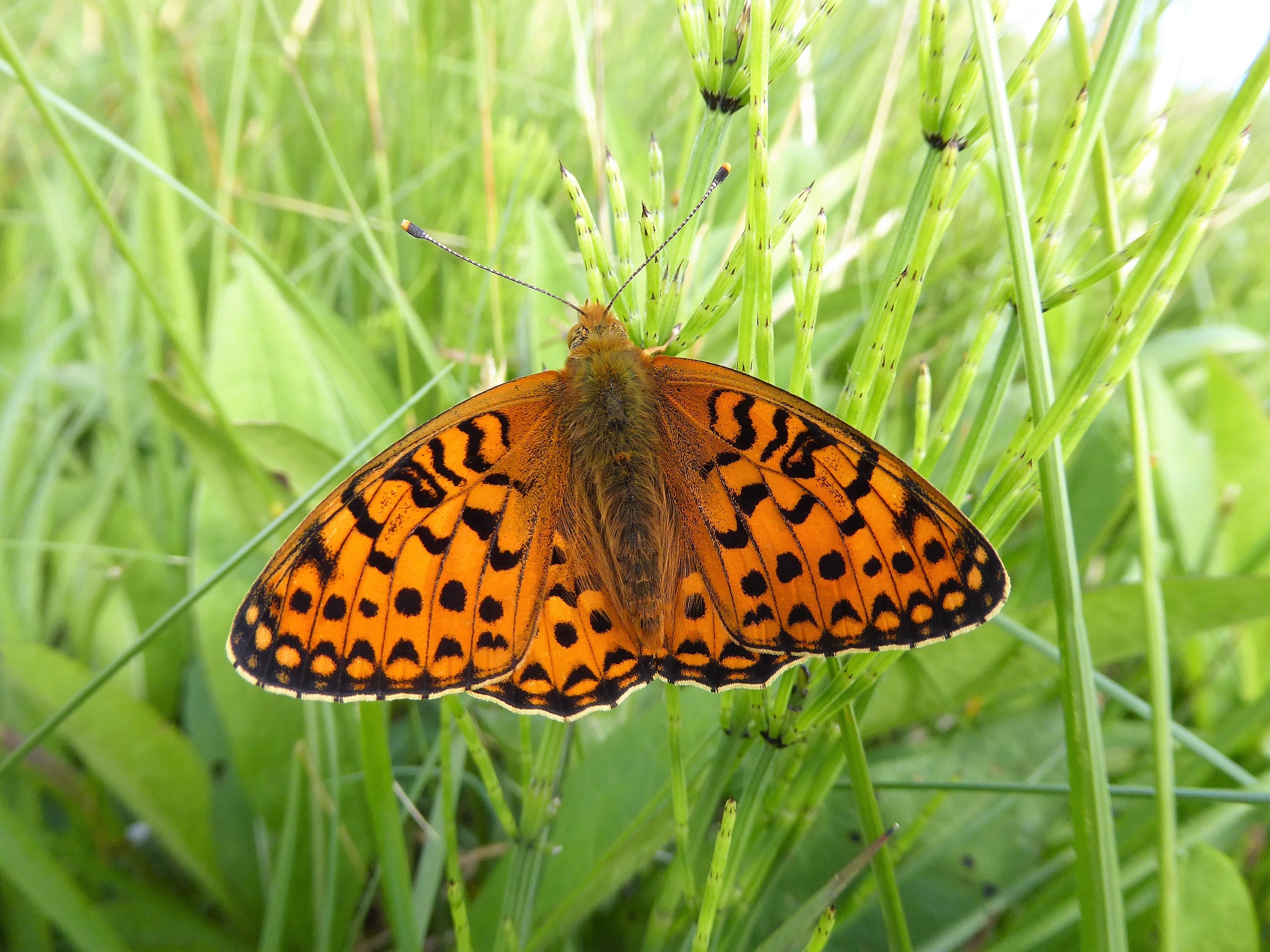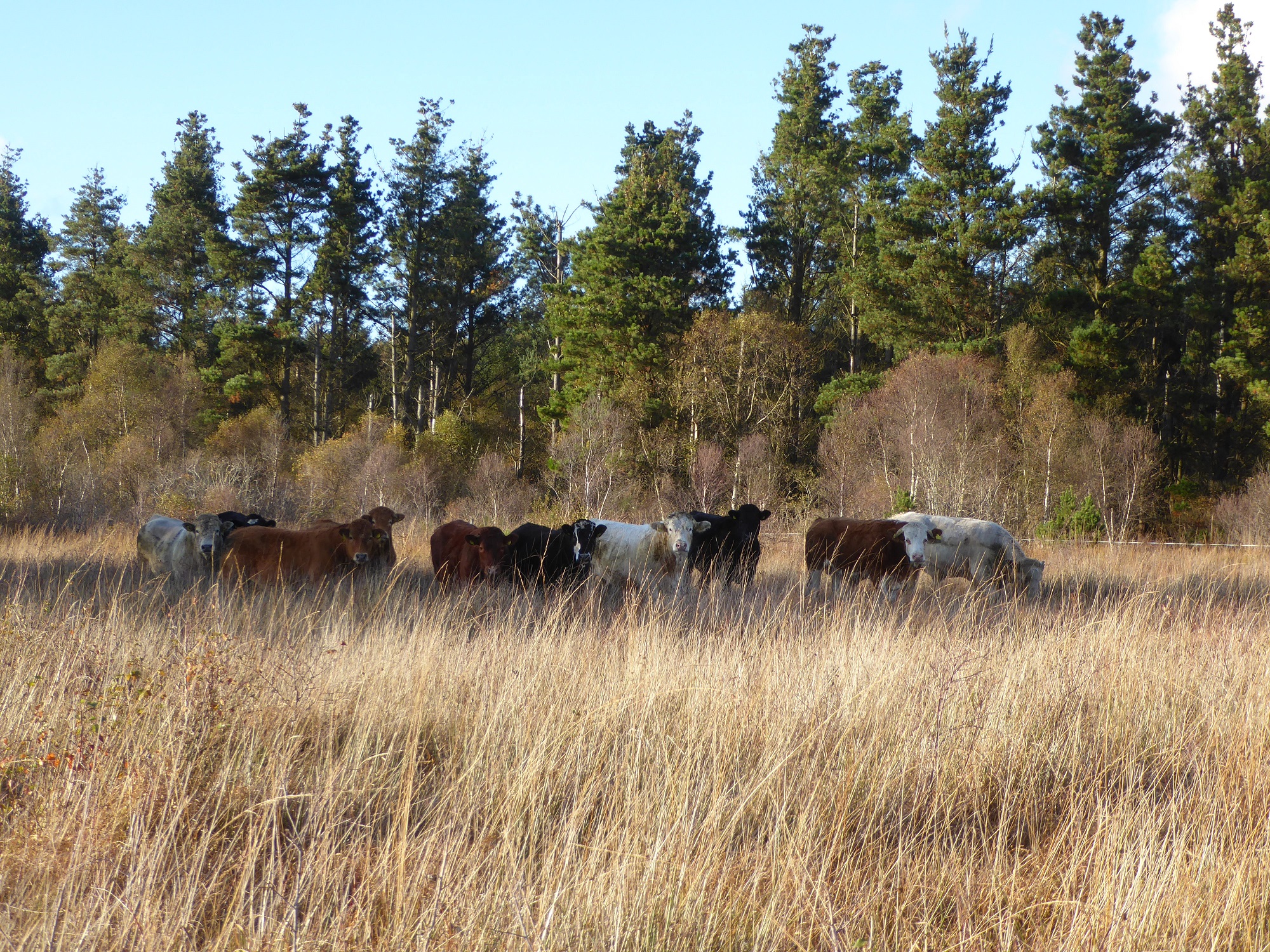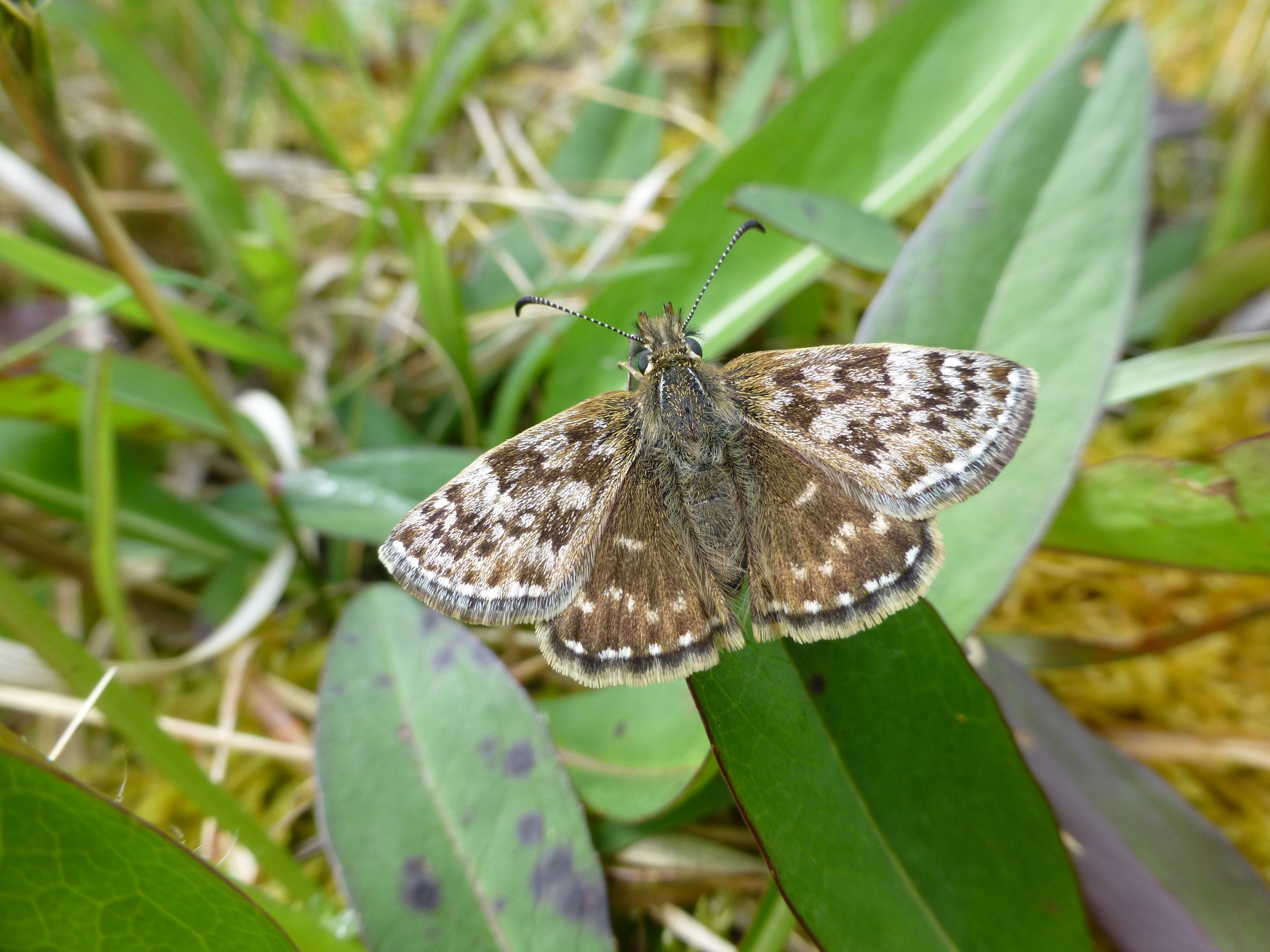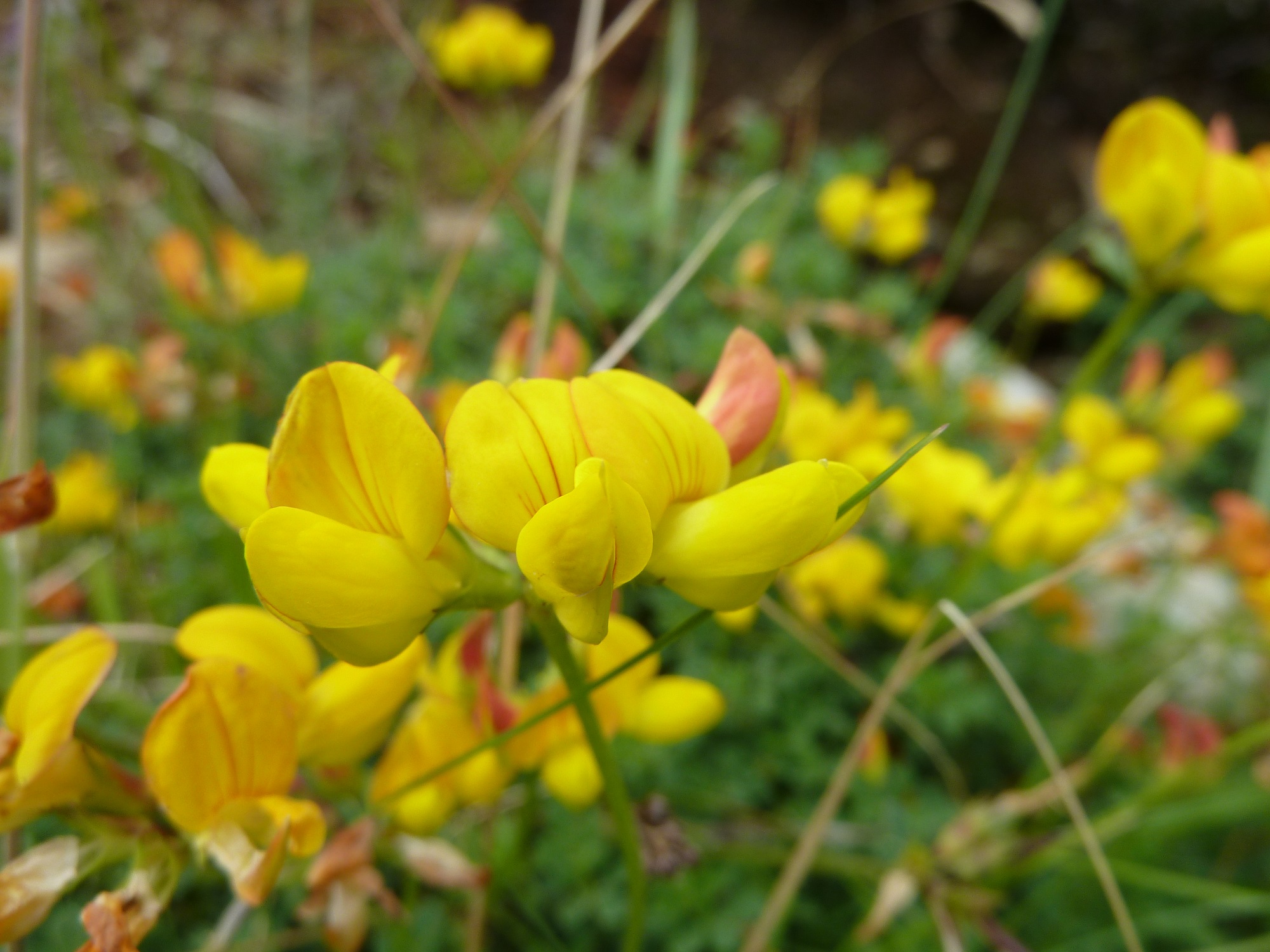The following article was written for Butterfly Conservation Ireland in 2016 by Adrian Hoskins, a professional photographer and author. It is reproduced here in full as a reminder of what is at stake, and of the changes we ask all who love nature to make.
Rainforest Obituary
Adrian Hoskins F.R.E.S. is a professional wildlife photographer and author of “Butterflies of the World” and “1000 Butterflies” (both published by Reed New Holland). He is also the creator of the website www.learnaboutbutterflies.com, was a former Conservation Officer of Butterfly Conservation Hampshire, and has organised and led over 50 butterfly photography tours to various parts of the tropics.
The incredibly beautiful and species-rich rainforests of the tropics are rapidly disappearing. Paradise is being replaced by palm oil plantations, soybean prairies and cattle ranches. The cloud forests are disappearing almost as quickly, replaced by coffee, tea, rubber and eucalyptus plantations.
Let’s look at Malaysia and its world famous national park Taman Negara. Here, myriads of male butterflies descend from the canopy where they spend most of their lives, attracted down to the ground to imbibe mineralised moisture. At these times it is common to see swarms comprised of hundreds of turquoise-banded Bluebottle butterflies Graphium sarpedon and dazzling Orange Gulls Appias nero imbibing mineralised moisture from river sandbanks. Numerous other beautiful species such as Cyrestis Mapwings, Spindasis Silverlines, Parthenos Clippers and Cirrochroa Yeoman butterflies can be also be found along the shores. On the opposite side of Malaysia, in the foothills of the Cameron Highlands, the huge and incredibly beautiful iridescent green and black Rajah Brooke’s Birdwing Trogonoptera brookiana can be found, often in groups of 30-40, visiting hot springs, from which the males obtain sulphur and other minerals that are essential for reproduction. Inside the forest, stunning long-tailed hairstreaks such as the orange and white Branded Imperial Eooxylides tharis can be seen.
Such places are paradise to the nature lover, but they are just tiny remnants of the vast rainforests that once covered Malaysia. Nowadays these miniscule islands of forest are surrounded by vast oil palm plantations that stretch to the horizon almost uninterrupted in every direction. It brings tears to my eyes to even think about it.
Why has this happened? The public and the politicians have been fooled. Many believe for example, that by becoming vegetarian, and using biofuel, they are helping to save animals and wildlife, but nothing could be further from the truth. As a consequence of vegetarianism, the rush towards biofuel, and the near-abandonment of animal products in cosmetics, manufacturing and other areas, millions of hectares of rainforest have been cut down or deliberately set on fire to clear them and make way for oil palm and other monocultures.
Can you imagine how much cloud forest has been destroyed purely to satisfy our desire to drink tea and coffee? Can you imagine how much rainforest has been destroyed to produce the biofuel you put in your car, the aluminium from which your car engine is constructed, or the soybean-based food products that you eat?
Worldwide it has been estimated that 50,000 square miles of rainforest is deforested each year. Every second a slice of rainforest the size of a football field is destroyed. Every day 86,400 football fields of rainforest are destroyed. Every year 31 million football fields of rainforest disappears from what we so selfishly call “our” planet.
Rainforests are home to over 50 percent of the world’s plant and animal life. They are home to somewhere in excess of 15,000 of the world’s 19,000 butterfly species.
What can we do to prevent or slow down this greatest of tragedies? Governments are gradually setting aside small areas as national nature reserves, and a few private conservationists are trying to protect intermediate wildlife corridors, mostly in the form of ecolodge properties. But these tiny areas are constantly eroded away by urban development, agriculture or plantation-forestry. In truth, the little patches that still exist will probably be little more than wildlife theme parks by the end of this century.
The problem is human population growth and affluence. There are more and more of us, and each year we become more and more greedy. Entire mountains are levelled in Papua to extract the copper we use in our electronic gadgets, the aluminium used to make our car engines and the gold that our countries horde in ridiculous quantities allegedly to safeguard our economies.
The great jungles that once covered Malaysia will be almost entirely gone within the next 2 decades, replaced by oil palm plantations. The rainforests and cloud forests of South America, Central Africa, Indonesia, Papua and Australia are all under similar or even greater threat of annihilation.
I was asked to produce this article to suggest ways in which members of Butterfly Conservation Ireland can help with the conservation of rainforests. The plain truth is that nothing short of a total change in the way we all live will save them. We are all extremely wasteful, consuming vast amounts of goods that we don’t really need, and throwing them away as soon as they become outdated. We buy teak and mahogany furniture without considering the birds, mammals and butterflies whose homes we are destroying. They can live nowhere else. Once the forests go, the wildlife goes and will be lost forever. Extinct, never to return. Just memories in the pages of an old and dusty book.
If we really, truly, want to protect rainforests and the glorious butterflies that live within them, donating money to conservation groups helps a little, but in reality, is nothing more than a way of making us feel slightly less guilty about the destruction wreaked by our way of life. We need to live simpler lives, buying only things that we genuinely need, rather than trying to have the latest car, TV, camera or other manufactured product. We need to return to growing our own food in our gardens rather than consuming fast food. We need to return to traditional farming and forestry practices. We need to drive far less, or use public transport, which is far more fuel efficient.
Above all we need to realise that human beings do not have the right to rape our planet and destroy other life forms. Humans have been on Earth for not much more than a million years. Butterflies were here almost 300 million years before we evolved from the apes. It would be nice to think that they would still be here long after the human race has wiped itself out, but we need to totally change the way we live if rainforest butterflies are to stand any chance of surviving into the next century.


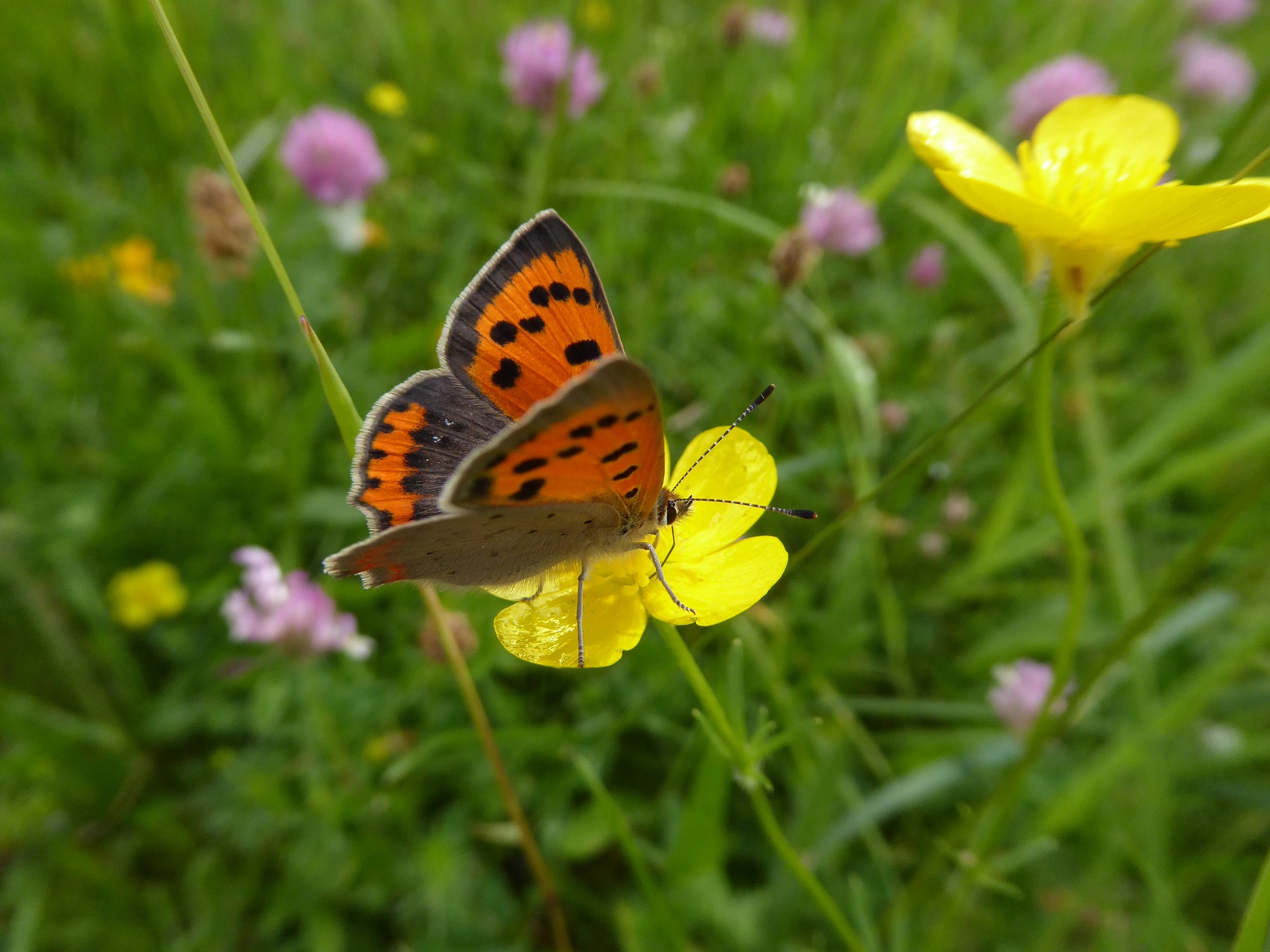
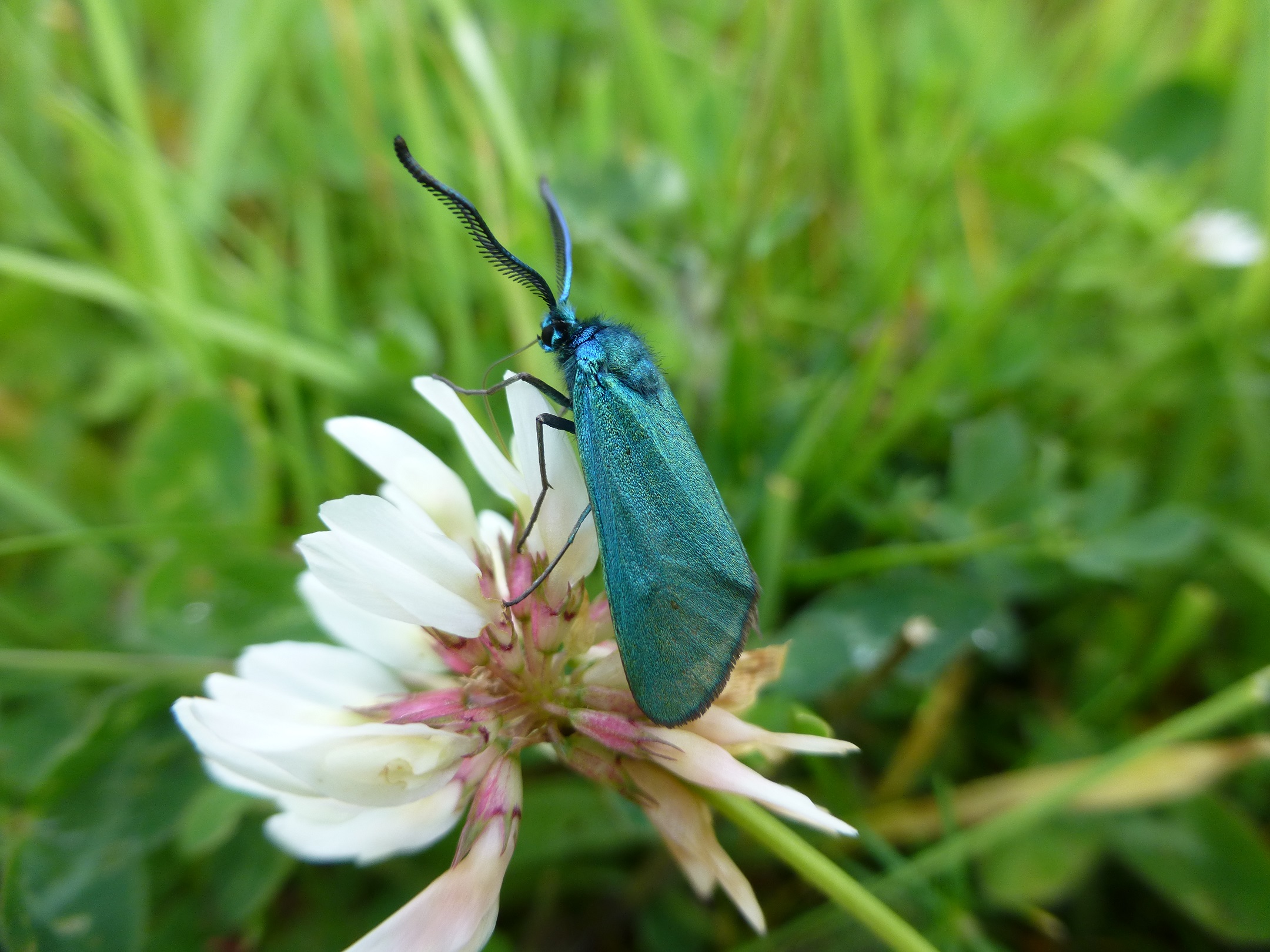
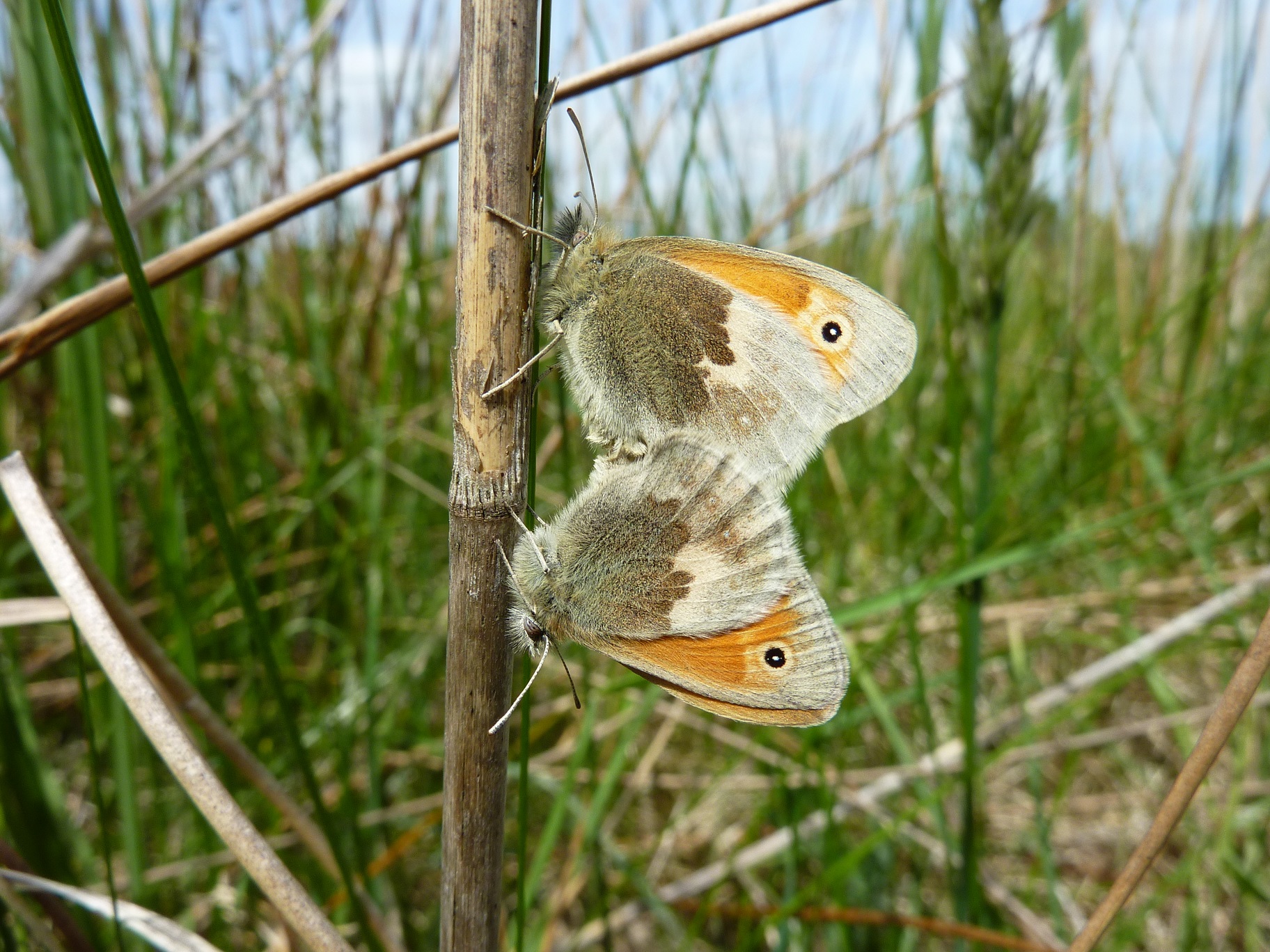
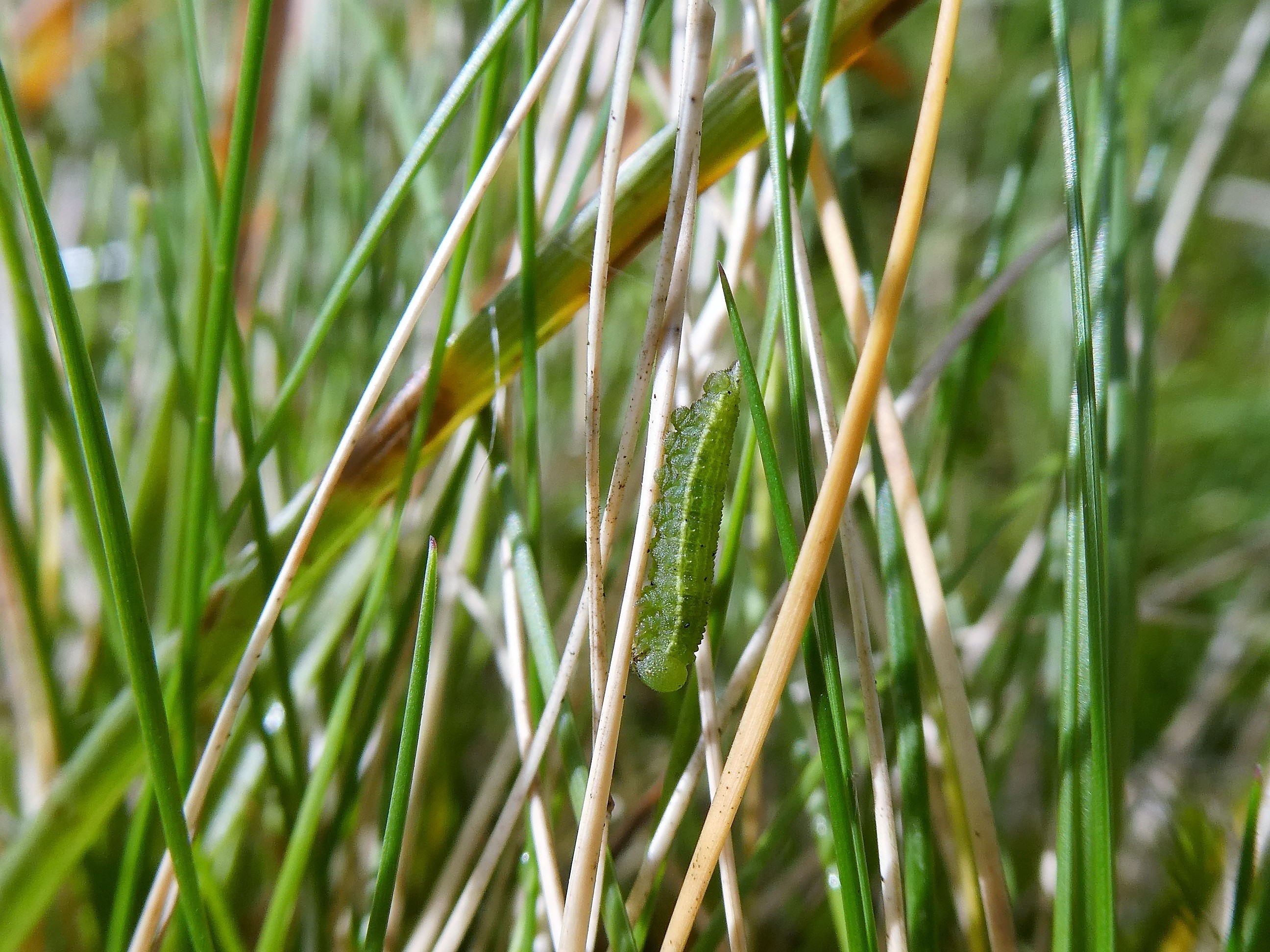
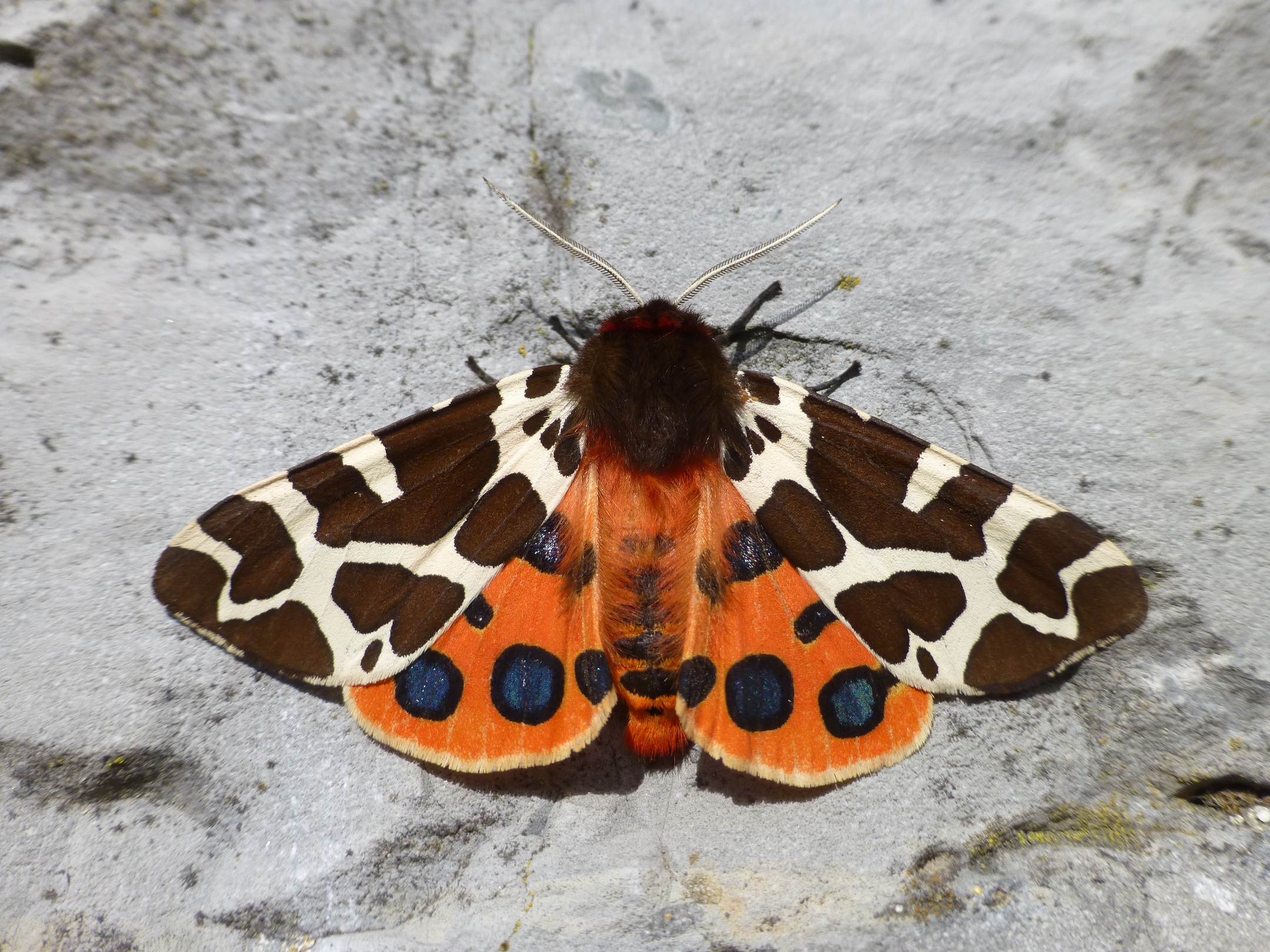
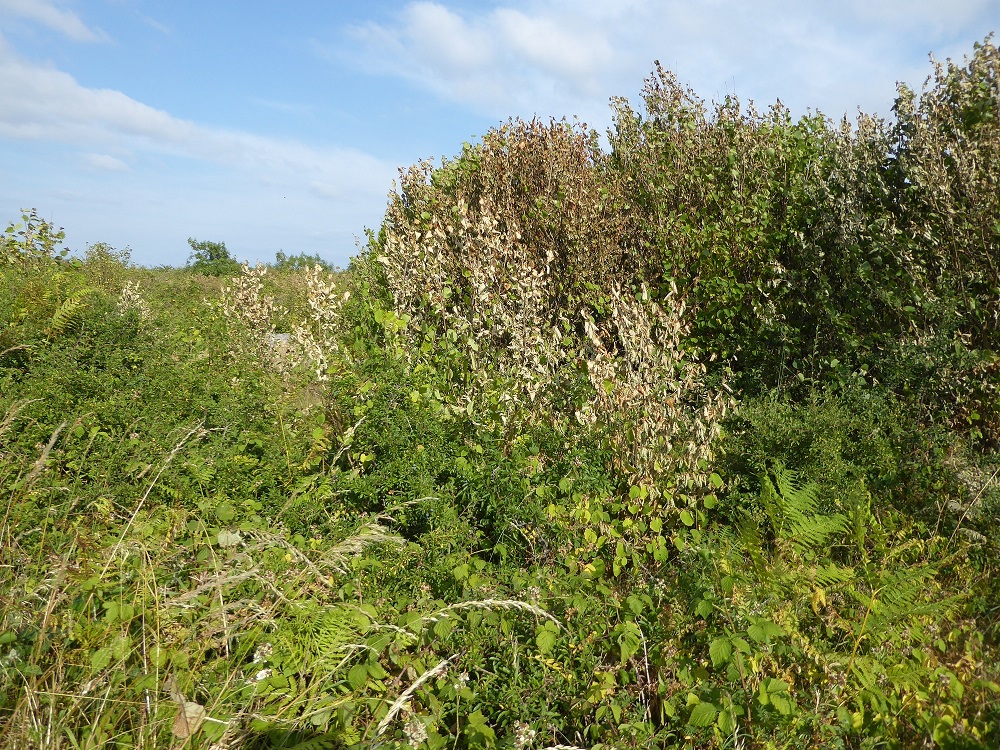
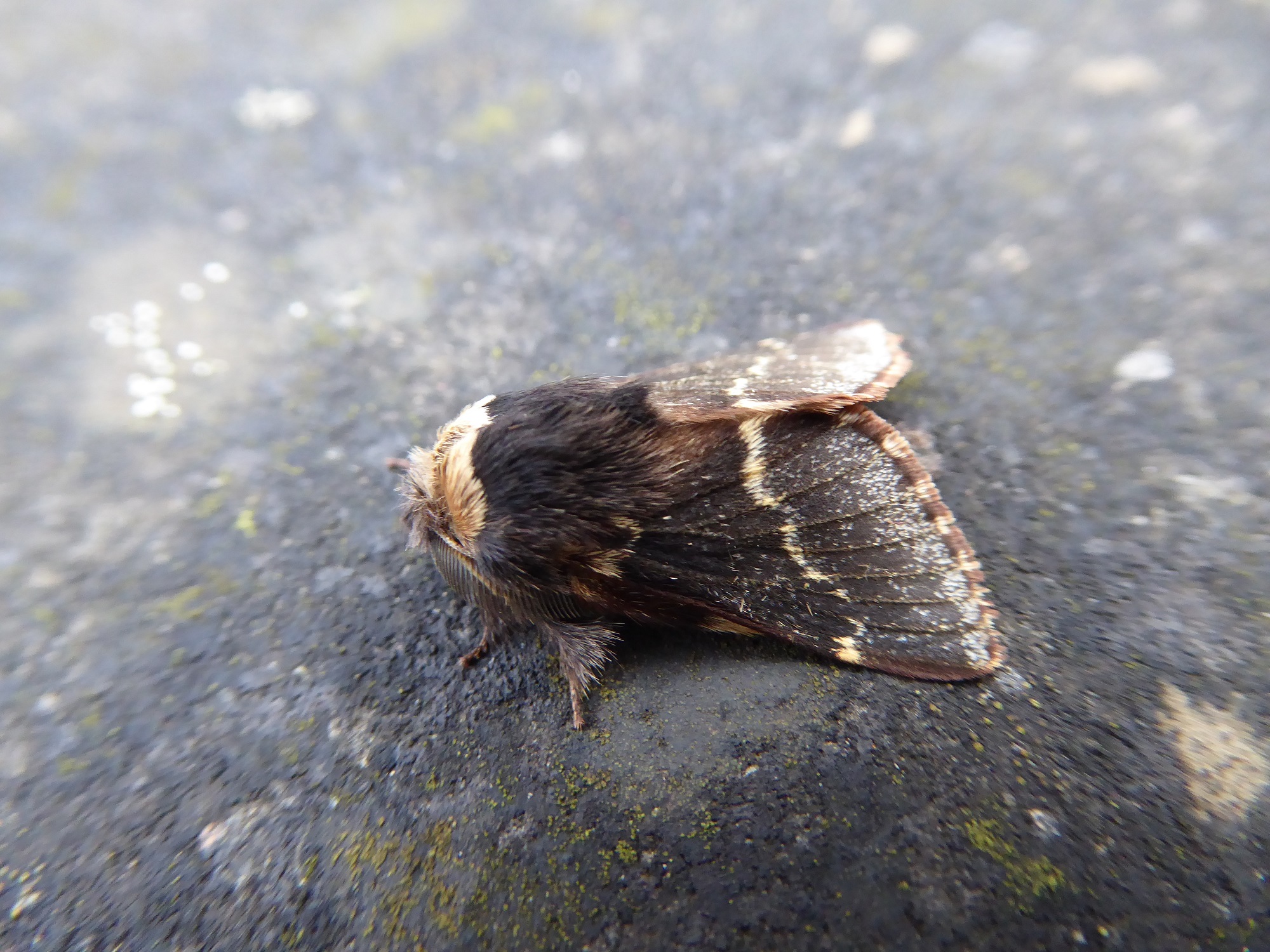 December Moth, which flies from November to January.
December Moth, which flies from November to January.